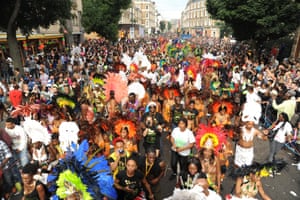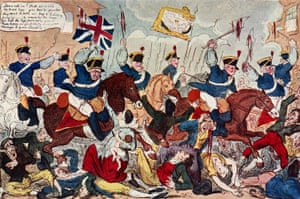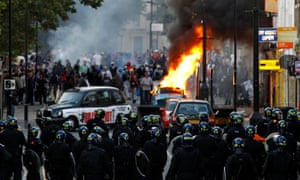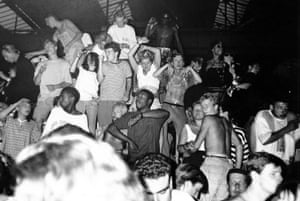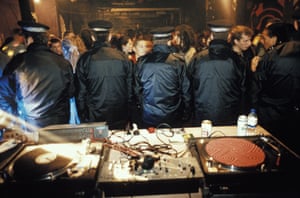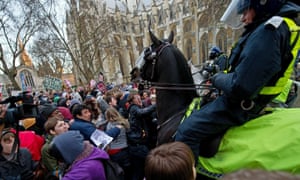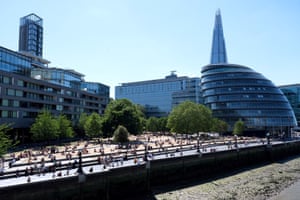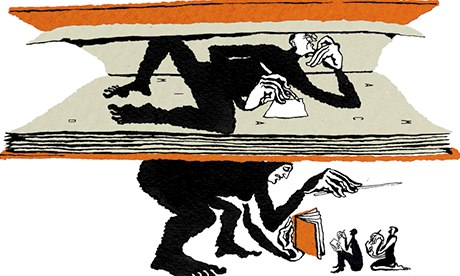Fixed Costs:Fixed costs are expenses that do not change with the level of production or sales. They remain constant regardless of the quantity produced.
Examples of fixed costs include rent, property taxes, insurance premiums, and salaries of permanent employees.
These costs are incurred even if a company produces nothing or temporarily shuts down its operations.
Fixed costs are typically represented as a lump sum or a fixed amount.
Variable Costs:Variable costs are expenses that vary with the level of production or sales. They change proportionally as the quantity produced or sold changes.
Examples of variable costs include raw materials, direct labor, packaging costs, and sales commissions.
Variable costs increase as production or sales increase and decrease as production or sales decrease.
Variable costs are generally represented on a per-unit basis or as a variable cost per production level.
Short Run vs. Long Run:
Short Run:The short run refers to a period of time in which at least one input is fixed, usually the plant size or capital.
In the short run, a firm can only adjust its variable inputs, such as labor or raw materials, to respond to changes in production or demand.
For example, if a bakery experiences an increase in demand for its bread, it can hire more bakers (variable input) but cannot immediately expand its production facility (fixed input).
In the short run, a firm's ability to adjust production is limited by fixed inputs, leading to a less flexible response to changes in market conditions.
Long Run:
The long run refers to a period of time in which all inputs are variable, and there are no fixed inputs.
In the long run, a firm can adjust all its inputs, including plant size, capital equipment, labor, and raw materials.
----
The law of diminishing returns (happens in the short run only) states that as more units of a variable input, such as labor, are added to a fixed input, like land or capital, the marginal product of the variable input will eventually decrease. In simpler terms, it means that adding more of a specific input will lead to smaller increases in output.
For example, let's consider a bakery with a fixed-size oven. Initially, with one baker, the bakery produces 100 loaves of bread per day. When a second baker is added, the production increases to 180 loaves per day, reflecting a substantial increase due to division of labor and coordination. However, as more bakers are added, the production gains become smaller.
With a third baker, the production may increase to 220 loaves per day, and with a fourth baker, it may increase to 240 loaves per day. The additional output gained from each additional baker decreases, indicating diminishing returns. For instance, adding the fifth baker may only result in a small increase to 245 loaves per day.
The law of diminishing returns occurs because the fixed input, such as the oven, becomes a limiting factor. As more bakers are added, they start competing for oven space and other resources, leading to less efficient use of the fixed input. The bakery may reach a point where adding more bakers becomes counterproductive, as the additional workers may create congestion or coordination issues, resulting in lower productivity.
Understanding the law of diminishing returns is essential for businesses to make informed decisions about resource allocation. It helps determine the optimal level of inputs to achieve maximum productivity and avoid inefficient use of resources. By identifying the point of diminishing returns, businesses can optimize their production processes and ensure efficient resource utilization for better cost-effectiveness and output levels.
---
In the long run, the output can be adjusted and optimized based on the flexibility of all inputs. The ability to modify all inputs allows firms to fully adapt their production processes and take advantage of economies and diseconomies of scale. Here's what typically happens to output in the long run:
Economies of Scale: Economies of scale refer to cost advantages obtained by increasing the scale of production. As firms expand their output and production levels, they can benefit from economies of scale, which can lead to increased output and lower average costs per unit.
Economies of scale can arise from various factors such as increased specialization, bulk purchasing discounts, improved division of labor, efficient use of resources, and improved utilization of production facilities.
With economies of scale, firms can produce more output at a lower average cost per unit. This can result in increased profitability and competitiveness.
Expansion of Output: In the long run, firms can expand their output by adjusting all inputs and taking advantage of economies of scale. They can invest in additional capital, hire more labor, and increase the use of other resources to meet the higher demand and optimize their production processes.
With increased scale of production, firms can achieve higher levels of output while potentially reducing their average costs. This allows them to meet market demand, increase market share, and potentially generate higher profits.
Diseconomies of Scale: While economies of scale can bring cost advantages, there is a point beyond which further expansion can lead to diseconomies of scale. Diseconomies of scale occur when the cost per unit increases as output increases.
Examples of diseconomies of scale include increased coordination and communication challenges, diminishing managerial control, bottlenecks in production processes, and increased bureaucracy.
When a firm faces diseconomies of scale, its average costs per unit of output start to rise, potentially impacting profitability. This can result from inefficiencies or challenges in managing larger operations.
Optimization of Production: In the long run, firms have the opportunity to optimize their production processes and achieve higher levels of efficiency. They can analyze and adjust the combination of inputs, technologies, and organizational structures to maximize output while minimizing costs.
By optimizing production processes, firms can take advantage of economies of scale and avoid or mitigate diseconomies of scale. This involves streamlining operations, eliminating bottlenecks, improving coordination, and adopting efficient production techniques.
Optimization allows firms to achieve the optimal scale of production that maximizes output while maintaining cost efficiency.
In summary, in the long run, firms can adjust their inputs, expand or contract their operations, optimize production processes, and benefit from economies of scale. This enables them to achieve higher levels of output, improve efficiency, and respond effectively to changes in market conditions and demand while avoiding or managing potential diseconomies of scale.
